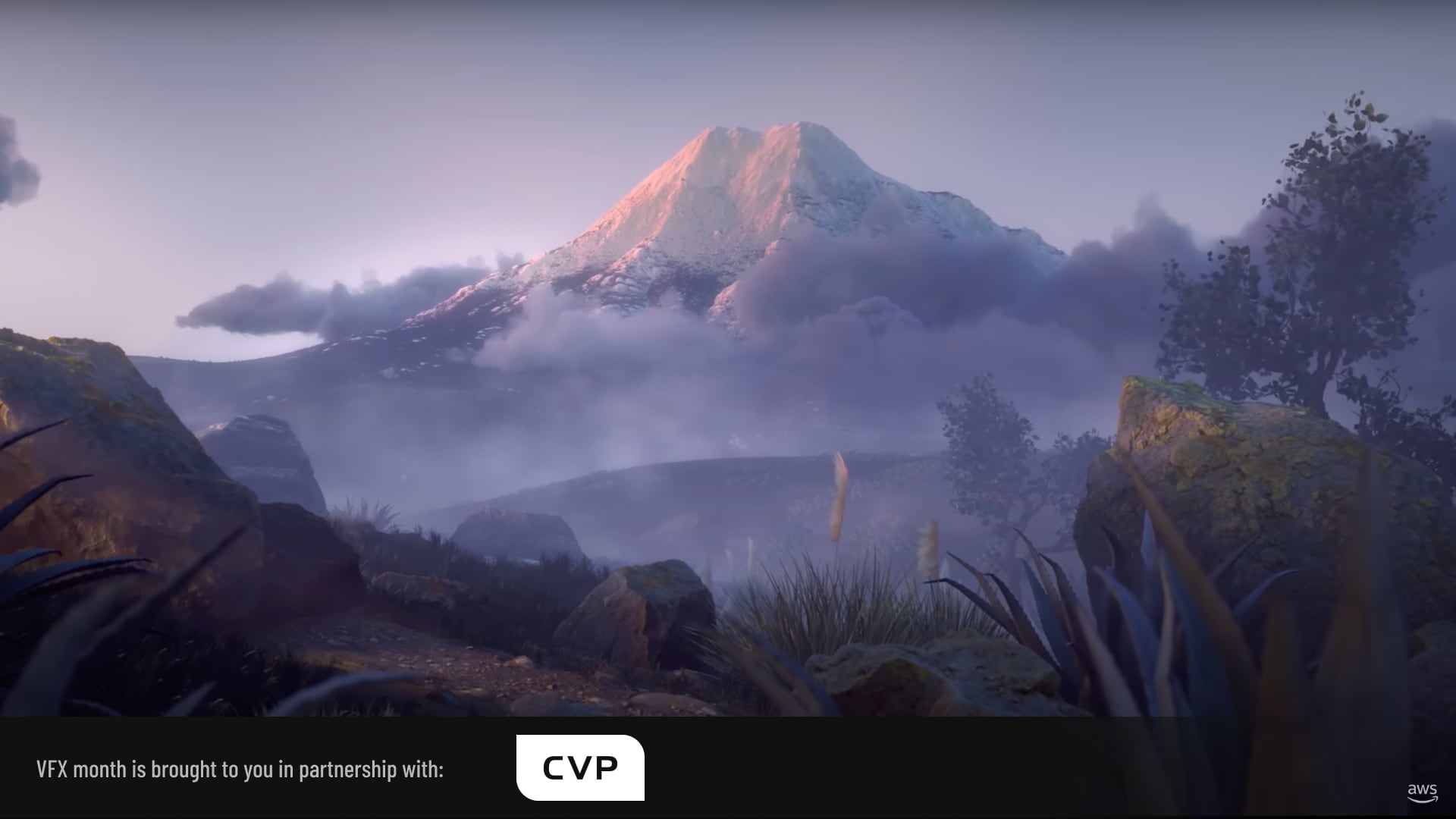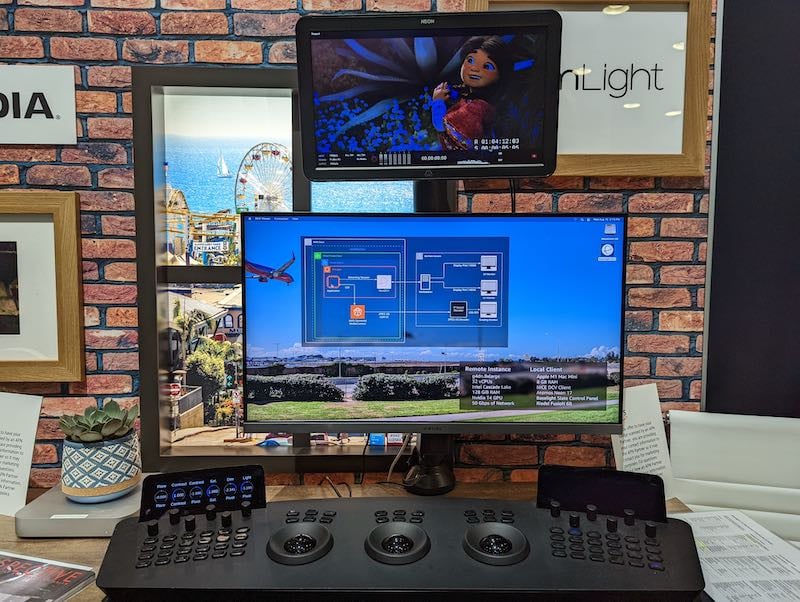
An AWS-produced animated short at SIGGRAPH, Picchu, shows how vfx and the entire CG industry can now pretty much nowadays produce anything from anywhere.
Amazon Web Services recently announced a series of free licenses for the suite of 3D applications it had acquired. I went to SIGGRAPH expecting to see demos of these applications, but AWS wasn't showing any of them.
Instead, AWS was showing the production pipeline for a short animated film that its in-house production company FuzzyPixel produced using its Nimble Studio platform. Arguably, this was even more impressive.
Nimble moves
Fuzzy Pixel did all of its production in the Amazon cloud, using Amazon EC2 (Elastic Compute Cloud) hosted virtual workstations. In addition to the workstations being dynamically scalable, they also have the advantage of being easy for IT staff to administer remotely, for example for pushing updates for the operating system or applications, updating licenses, and even rolling back updates in case of problems. For a geographically disparate team that's huge benefit, and it also lets artists work without worrying about version managing their software, licenses, and plugins.
Since the virtual workstations are Windows or Linux based, they can host any compatible software with user (or IT) provided licenses. AWS has put a lot of effort into optimizing the user experience, keeping latency remarkably low. The demo machines were all open for AWS booth visitors to play with at SIGGRAPH, and in spite of being on the typically overtaxed conference WiFi network, the systems were remarkably interactive; the latency for UI updates was barely noticeable. For the full screen views on the reference displays the latency was slightly higher, just enough to be noticeable, but quite usable.

To demonstrate the versatility of the Nimble Studio platform Amazon had a Baselight demo system set up, complete with a reference monitor and one of FilmLight's own very lovely color grading panels. The latency was low enough to be comfortably usable.
Creating Picchu
Director Amaru Zeas developed the story based on his own experiences as a child in Ecuador, and he wanted it to be culturally authentic as well as personal. The team recreated an iconic Andean mountain environment all the way down to the vegetation. They used photographs of Andean people to base their character models on, including the style and designs of their outfits. Amaru even went so far as to get his father's help with the building architectures and recruited Ecuadorian musicians to create the score and soundscape for Picchu.
Though FuzzyPixel used other applications like Maya for some modelling and Houdini to create a field of procedural grass, Blender was the heart of the project, using Cycles for rendering on Amazon EC2 Spot Instances. These spin up automatically on demand, which helps them to remain cost effective even for larger renders.
For compositing the team work in Nuke, and for editing, Resolve. The Resolve setup takes advantage of the new streaming feature in Resolve to provide the color managed image to the reference monitor.
Test: Success
We've already established Blender's pedigree for blockbuster visual effects sequences, and now it's proven its mettle in stylized animation, and the Nimble Studio virtual workflow is mature enough for professional distributed production.
Have a look at the completed project below


Comments